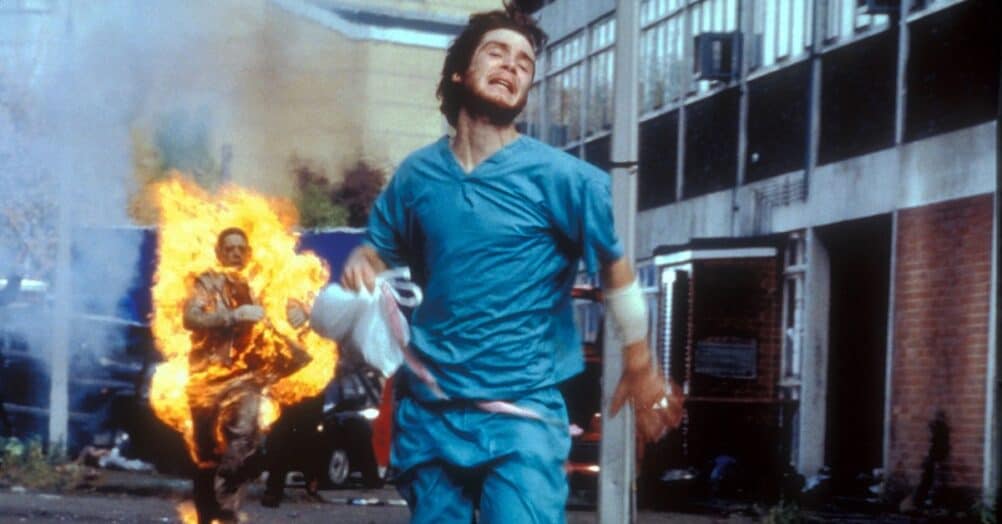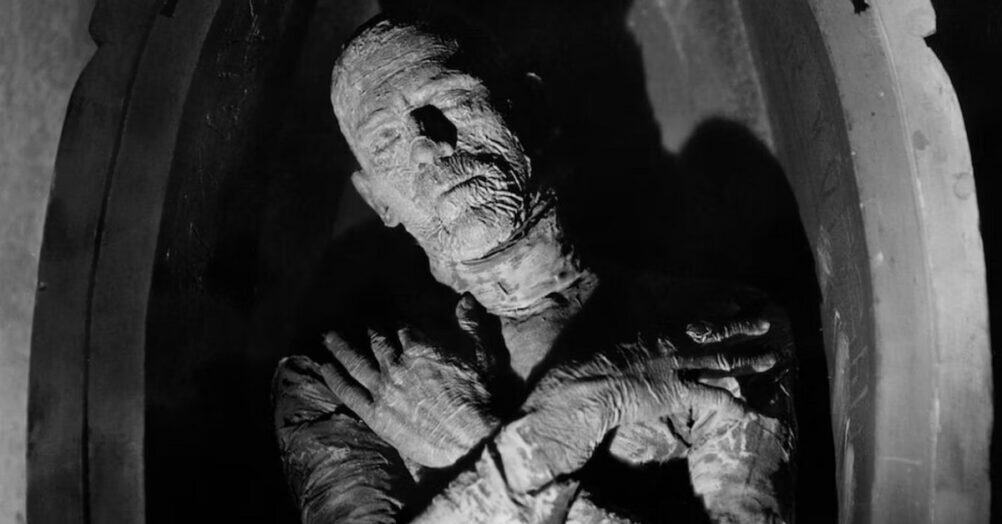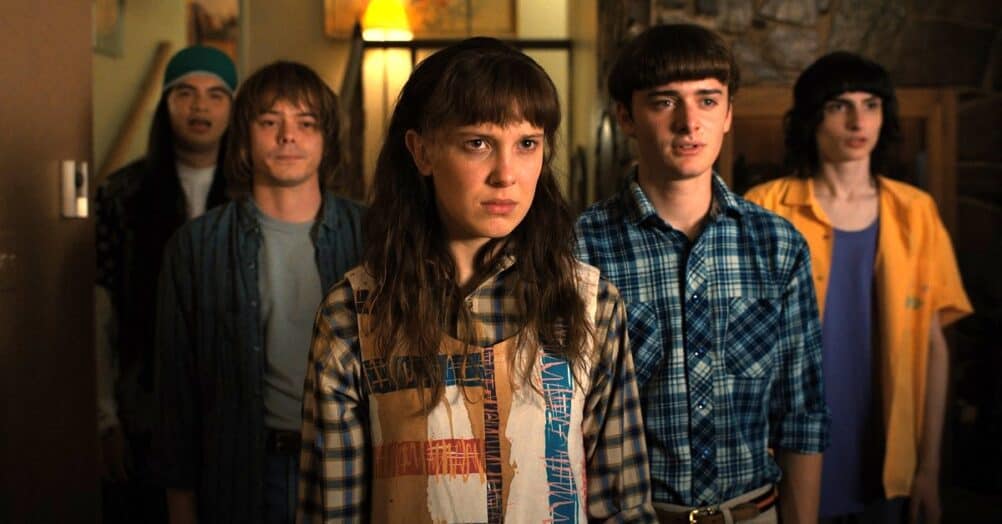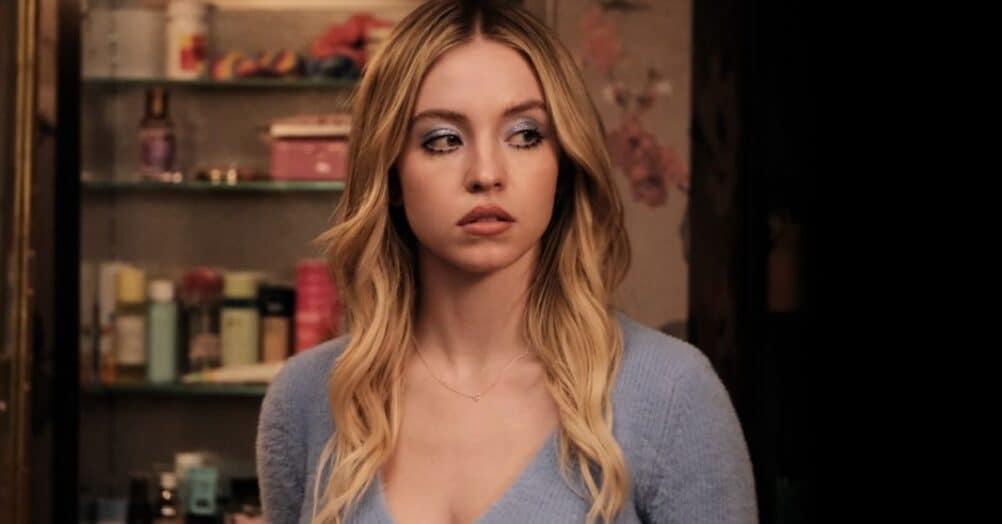Last Updated on June 25, 2024
Cannibal Holocaust (WATCH IT HERE – OWN IT HERE) is one of the most infamous and controversial horror films ever made. It’s a film that many genre fans refuse to watch, and many of those who do watch it are compelled to seek it out just to test their limits. It was a pioneer in the “found footage” sub-genre, and deals with subject matter so extreme, featuring violence and gore that’s so convincing, that it was not only banned in multiple countries, the director even had to go to court to prove that he didn’t murder his cast. Love it or hate it, you have to admit that the story behind Cannibal Holocaust is fascinating. So let’s dig into it and find out What the F*ck Happened to This Horror Movie.
Cannibal movies had become somewhat popular in the 1970s, with several being produced throughout the decade, primarily by Italian filmmakers. It all started with the Elliot Silverstein Western A Man Called Horse, which starred Richard Harris as an English aristocrat who is captured by a Native American tribe. Umberto Lenzi decided to tell his own version of that story with the film Man from Deep River, and in his take on the concept he had the British lead get captured by a tribe of cannibals that live in the rainforest. With that, the cannibal boom had begun. Five years after Man from Deep River, Lenzi was hired to make a sequel – but when he asked for too much money, the producer removed him from the project and replaced him with Ruggero Deodato. Known as Jungle Holocaust or Last Cannibal World, among other titles, that 1977 film from Deodato is along the same lines as Cannibal Holocaust; outsiders cross paths with a cannibal tribe, and the scenes of fake violence are mixed with footage of actual animal deaths. Deodato has said that the animal deaths were included at the demand of the producers, who told him that certain theatrical markets responded well to such things. At that time, Deodato refused to direct the scenes of animal killings himself, so the producers went ahead and shot the footage on their own, including a scene where a crocodile is skinned alive. Last Cannibal World was a hit, and a couple years later investors approached Deodato about making another cannibal movie in an attempt to replicate that film’s success. The result was Cannibal Holocaust. And as we all know by now, Deodato was not shy about shooting scenes of animals being killed for this movie.
When Deodato was asked to make Cannibal Holocaust, Italy was right in the middle of the eighteen years of terrifying violent acts carried out by the Red Brigades, a guerrilla group that was formed with the intention of creating a revolutionary state and removing Italy from NATO. The Red Brigades committed acts of sabotage, pulled off bank robberies, and killed around fifty people, including former Prime Minister Aldo Moro – and according to Deodato, the news reports on their activities were presented in an appallingly sensationalized way. His young son would ask him to turn off the TV when reports about the Red Brigades were being shown, and Deodato didn’t understand why nobody under 18 was allowed to see his movies, but images of real life horror were shown on the news, with the gory details out there for people of all ages to see. So he decided to make his new film a condemnation of the sort of journalists and documentarians that enthusiastically profit off of human suffering. Another inspiration for Cannibal Holocaust was the documentary Mondo Cane, which Deodato was a fan of. This was a documentary designed solely to be shocking to as many members of the audience as possible, the film being one long onslaught of bizarre sights and a whole lot of animal slaughter.
In an effort to make his own film look like it consisted largely of actual documentary footage – the same approach The Blair Witch Project would take several years later – Deodato hired unknown actors and had them sign a contract agreeing that they would stay out of the public eye for a year after the release of the film. The actors who agreed to those terms were Gabriel Yorke, Francesca Ciardi, Perry Pirkanen, and Luca Barbareschi. They play a documentary crew, headed up by Yorke as director Alan Yates, who venture into the Amazon rainforest to shoot a documentary called The Green Inferno, a title Eli Roth would later use for his own contribution to the cannibal sub-genre. This Green Inferno is meant to be about the warring cannibal tribes the Yanomamo and the Shamatari. The film crew disappears during the shoot, so Professor Harold Monroe of NYU is sent down to the Amazon to search for them. Monroe is played by Robert Kerman, another actor Deodato thought was an unknown, not realizing that Kerman had already been in multiple porn films, including the 1978 hit Debbie Does Dallas. He wasn’t too pleased to find out he had a familiar face in his movie, and Kerman wasn’t too pleased to be working with Deodato. In later interviews, Kerman would describe the director as someone who treated people in such a cruel manner, it led him to believe that Deodato “doesn’t have a soul”.
What Monroe discovers in the Amazon, in the possession of the Yanomamo, is the documentary crew’s film reels, and their skeletons. So this is a “found footage” movie in the most literal sense, since we see Monroe find the footage Yates and his crew shot. He then takes it back to New York and watches the footage with executives from the Pan American Broadcasting System, who are interested in salvaging the documentary and airing it on television. The previous documentary Yates had made was popular, even though it’s known behind the scenes that he staged some of the moments to make it more shocking and dramatic to the audience. When Deodato shows a clip from that documentary, it’s actually stock footage of real executions.
Despite the more traditionally shot and edited parts of the film involving Monroe, a substantial portion of Cannibal Holocaust is presented as if it were documentary footage, and some viewers at the time were tricked into thinking that Yates and his crew were real people – which is exactly what Deodato wanted. Through seeing their raw footage, we also learn that Yates and his companions were complete scumbags. To say that they manipulated situations and staged events is an understatement. They terrorized the natives as they made their way through the rainforest, murdering people and burning down their homes while intending to cut the footage together so it looks like these are things the natives are doing to each other. The most well-known image from this film is of a native girl impaled on a spike, and that’s something Yates and his crew did to that girl after raping her.
This isn’t to say life in the rainforest would be all sunshine and rainbows if Yates hadn’t been there; Monroe witnesses rape and murder during his time there as well, and the documentarians didn’t have anything to do with that. But we see the crew do enough awful things in their footage that in the end it’s understandable why the cannibal tribe wiped them out – and their deaths happen in front of their own cameras, so Monroe, the TV executives, and the viewers get to see exactly what happened.
Both the documentary footage and the Monroe stretch of the film contain scenes of real animals being killed, which is the main reason why Cannibal Holocaust is so controversial. Seven animals were killed specifically for this production, six of them for the Yates footage. Deodato has gone on to say that he was stupid for including these animal deaths in his film, but you get the sense that he only regrets doing so because it has caused so much trouble for him over the years. He’s probably tired of hearing about it. He has defended the animal killings by saying that all of the animals were eaten by locals and crew members after they were killed on screen, and that anyone who is overly shocked by the imagery is viewing the world through rose-tinted glasses. He said, “People don’t make the connection between the food on the table that mummy cooked from the supermarket, and the fact the animal has actually been killed. I saw pigs and rabbits being killed, growing up on a country farm when I was young.”
The animals killed for Cannibal Holocaust include a turtle that gets decapitated, a tarantula and a snake that get killed with a machete, a pig that gets shot with a rifle – and Deodato said this pig was killed at the request of a crew member who was tired of eating fish during production – and two monkeys. Within the film, only one monkey is killed, but two died for the movie because Deodato wanted to do a second take of the monkey death. The killing of the monkeys provided locals the chance to eat something they consider a delicacy, monkey brains.
One animal is killed during the scenes of Monroe traveling through the rainforest. That was a coatimundi, a cousin to the raccoon, and Kerman begged Deodato not to go through with having the animal killed. He didn’t see or hear the killing when it happened, but knowing that it had been killed bothered him, and it bothered him even more when he saw it in the movie. For many viewers, its death is the worst of the bunch, because it doesn’t die as quickly as the others. It dies a painful death, and lets out a haunting shriek. Kerman would go on to say that if he had to do it all over again, he would have made sure the coatimundi hadn’t been killed, even if he had to get physical and knock it out of the hands of the person who had it.
Another cast member who was disturbed by all of the animal killings was Gabriel Yorke. He ended up in the role of Alan Yates simply because he fit the wardrobe that had already been purchased for another actor who had been cast as Yates but dropped out. Interviewed around 25 years later, Yorke said he had been asked to be the one to shoot the pig, but he had traveled to the set with the pig and couldn’t bring himself to kill it after spending that time with it. So the task was handed over to Luca Barbareschi, who had an upbringing similar to Deodato’s and didn’t have any issue with the animal killings. Yorke still had to be nearby when the pig was killed, though, because he had to deliver dialogue straight to the camera immediately after it gets shot. He was so upset that he stumbled over his lines, and you can see this in the finished film. Deodato couldn’t get another take because they didn’t have another pig to kill to lead into the dialogue.
For his part, Barbareschi was apparently unaware that Yorke had objected to the killing of the pig, because he has said that nobody on set rebelled in reaction to the animal deaths.
Yorke, on the other hand, has even confessed that he began to fear that the production could be building up to the murders of the cast. The tipping point for him was the killing of the two monkeys. He said, “I didn’t know if this was a snuff movie or not. I wasn’t sure they would stop at monkeys.” So every time he went to set, he carried his passport, plane ticket, and money with him – although he points out that this wouldn’t have done him any good, since the filming location in the Colombia rainforest was so remote. It was a 45 minute boat ride to the nearest town, so if the crew turned against the cast while they were out there, Yorke wouldn’t have stood a chance.
Yorke and the rest of the cast made it through filming alive, but once Cannibal Holocaust was released the Italian court system was briefly convinced that it truly was a snuff film. For ten days, the film was doing quite well while playing on the big screen in Italy, and during that time legendary filmmaker Sergio Leone even caught a screening and was compelled to contact Deodato afterward. Leone described the second half of the film as a masterpiece of cinematic realism, but cautioned Deodato that he felt the director would get in trouble for it because the events seemed so real. And he was right. After an audience member complained, Cannibal Holocaust was pulled from theatres, the prints legally confiscated due to laws against animal cruelty and footage of animal cruelty, and Deodato was charged with obscenity. Then, believing the deaths in the film to be real, the Italian authorities went a step further and charged Deodato with murder. To prove his innocence, he had to scrap that plan to keep the actors out of the public eye for a year and gather them together for an interview on Italian television. That proof of life got the murder charge dropped, but Deodato, the producers, screenwriter Gianfranco Clerici, and a representative of the distribution company United Artists Europa were officially convicted of obscenity and given four month suspended sentences. Cannibal Holocaust was banned due to animal cruelty, and Deodato fought for years to get that ban reversed. He was eventually successful.
Italy was just one of several countries to ban the film. It was slapped with an X rating in the United States, and banned as a video nasty in the United Kingdom. At various points it has also been banned in Australia, New Zealand, Norway, Finland, Iceland, and Singapore, among others. Many of those countries did allow Cannibal Holocaust to cross their borders after a while. Even then, the film was difficult to get a hold of for a couple decades in some countries – and an important player in getting it out into the world in a bigger way was Sage Stallone, the son of Sylvester Stallone. The kid from Rocky 5! With Bob Murawski, Stallone co-founded the distribution company Grindhouse Releasing, and in 2005 they celebrated the 25th anniversary of Cannibal Holocaust by remastering the film and giving it a special edition DVD release. Grindhouse has since given it a Blu-ray release as well, and brought the film to many theatre screens over the years.
When Kerman was interviewed for the DVD release, he advised Grindhouse to cut out the animal deaths, specifically the killing of the coatimundi. While Grindhouse was initially hesitant, not wanting to censor the film, in the end they did include an “animal cruelty-free” cut on their physical media releases.
At one time, Cannibal Holocaust was a mysterious, banned film, shrouded in controversy, and if you wanted to see it in certain areas you had to put effort into seeking it out. Now it’s readily available in the highest possible quality presentations, and was even featured on an episode of The Last Drive-in with Joe Bob Briggs. Cannibal Holocaust being on a horror host show would have been unthinkable in the past, but now it’s just something that can be slotted into the line-up. Not without upsetting some viewers, of course. In fact, the Shudder streaming service released a version of the Cannibal Holocaust episode of The Last Drive-in that consisted only of Joe Bob’s host segments, so viewers who didn’t want to see any part of the movie could avoid it entirely.
Cannibal Holocaust is deeply disturbing, and its grotesque visuals are made all the more sickening by the score from composer Riz Ortolani, music that is often incongruously lovely. Deodato said he wanted “very sweet music” for his very ugly film, and Ortolani provided it. The movie is difficult to sit through, especially those awful moments of animal deaths… but it should be out there so that anyone who wants to see it can do so.
While many other places in the world were struggling over the decision whether or not to release this movie to their citizens, audiences in Japan were eating it up like a cannibal feast. When it was released there, it became the second highest grossing film of the year. Right behind E.T.
Some previous episodes of the series can be seen below, and more can be found on our JoBlo Horror Videos YouTube channel!




















Follow the JOBLO MOVIE NETWORK
Follow us on YOUTUBE
Follow ARROW IN THE HEAD
Follow AITH on YOUTUBE